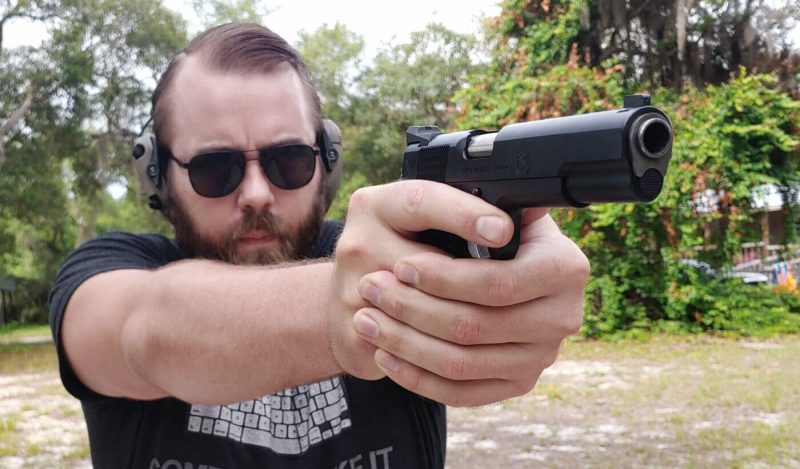
Let’s look at the anatomy of a gunfight.
Why do we train for defensive encounters? We want to be able to draw quickly, control our weapons, and of course, shoot straight. Being able to accurately shoot a firearm has long been a desired skill, and defensive shooting is no different. Today we are going to talk about something called shot placement and why shot placement is so utterly important for defensive shooting skills.
What’s shot placement exactly? The name might give it away, but it’s where your shots hit on a threat’s body. Good shot placement means placing shots in an area that quickly stops a threat. Good shot placement is what stops threats and ends fights.
What About Stopping Power?!
Stopping power is a nebulous term often used regarding handgun calibers, but in reality, stopping power and handguns just don’t go together. Handguns suck…well, at least compared to long guns. Handguns are a compromise and tend to fire cartridges that are significantly weaker than any rifle or shotgun.
There seems to be a consistent belief that certain rounds will somehow magically stop a threat better than other rounds based purely on their size. The king of this myth often being the 45 ACP. The fact of the matter is that a projectile needs two things to stop a threat. First, it needs to be capable of penetrating the body deep enough to reach vital portions of the anatomy.
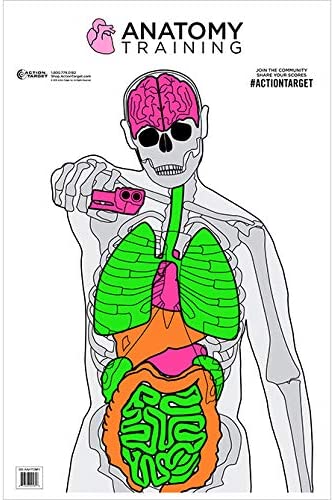
This penetration is accepted as at least 12 inches through 10% ballistic gel. If the round penetrates at least 12 inches through 10% properly calibrated ballistic gel can reach the anatomy’s vital parts. A 9mm round and a 45 ACP round can penetrate this deep without issue.
Penetration is what the round does. What you do is called shot placement. Where you place the shot matters and having a big bullet or massive amounts of penetration means nothing if it’s not placed properly.
Proper Shot Placement
Proper shot placement has the shooter aiming at and hitting a vital part of the body in an attempt to permanently stop the threat. Those vital parts are the brain, the heart, and the lungs. A shot to any of these body parts will help end the fight fast and are what you should train to hit.
A shot to the brain is an instant fight stopper. It shuts down everything, and with a single shot, the lights are switched off. It’s the best place to hit but also the most difficult. People protect their brain housing group, and it’s a small, constantly moving target.
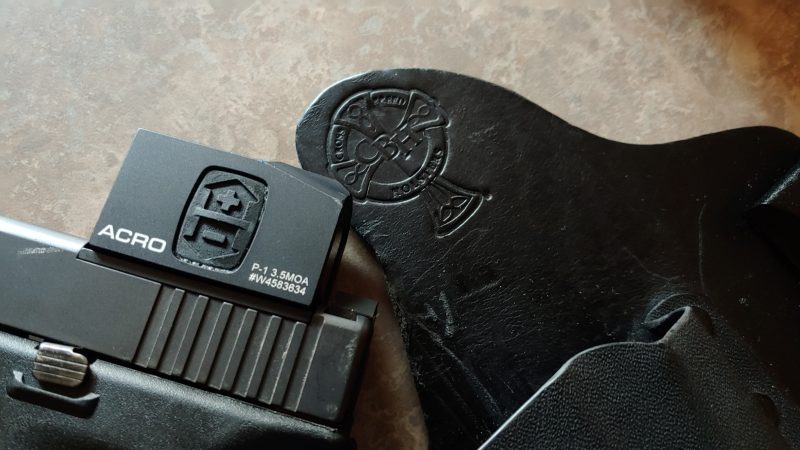
This leads us to the heart and lungs, both housed in the upper thoracic cavity. This area is a much bigger target and is much easier to hit. It’s often the go-to in a running gunfight for numerous reasons. You are more likely to hit the upper thoracic cavity, and that’s great for two reasons. First, you are more likely to win when you land hits. Second, you are less likely to throw a stray round that hits someone else.
This doesn’t mean headshots aren’t a valuable place to land rounds, it’s just a bit more difficult, and you need a good bit of luck and opportunity to do so.
Training For Shot Placement
Realistic training does wonders to get you ready for a defensive encounter. When I choose targets, I try to choose targets that represent the vitals area or smaller. I personally like the Sage Dynamics free printable targets. These show just the head and vitals and make shot placement a must.
Beyond shooting at a squared-up target, I also like targets presented at various angles. Kit Badger did a modification of the Sage Dynamics targets to represent the side of the body. The low-priced Birchwood Casey 3D human silhouette targets are another good tool for realistic training. You can position the target at various angles to practice landing effective shots on target at multiple angles.
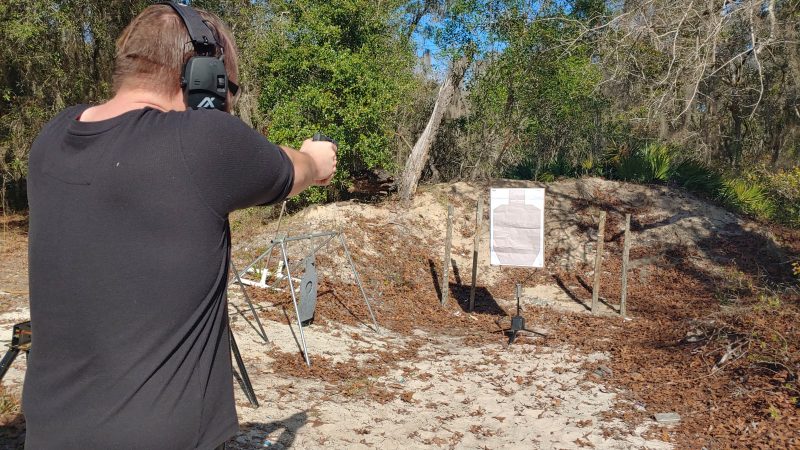
I also train to hit small targets. Things like clay pigeons on the berm, small steel gongs, and anything else that requires brilliance in the basics of hitting a target. Just being able to hit a massive silhouette target isn’t good enough. You need to be able to consistently hit a small area, often less than 10 inches wide.
Final Shots
Penetration is choosing the right caliber, and shot placement is knowing how to shoot. You need both to be successful in the world of self-defense shooting. Hitting a man-sized target is easy, but hitting a vital area isn’t always. Train, make it part of your dry fire, and be ready to land accurate rounds where it matters when it matters.
ABOUT THE AUTHOR:
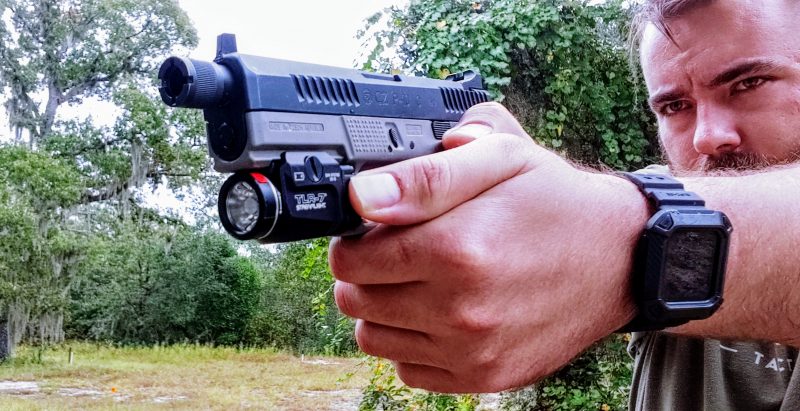
Travis Pike is a former Marine Machine gunner who served with 2nd Bn 2nd Marines for 5 years. He deployed in 2009 to Afghanistan and again in 2011 with the 22nd MEU(SOC) during a record-setting 11 months at sea. Travis has trained with the Romanian Army, the Spanish Marines, the Emirate Marines, and the Afghan National Army.
He serves as an NRA-certified pistol instructor and pursues a variety of firearms-based hobbies.
![]()
You may also enjoy these popular articles:
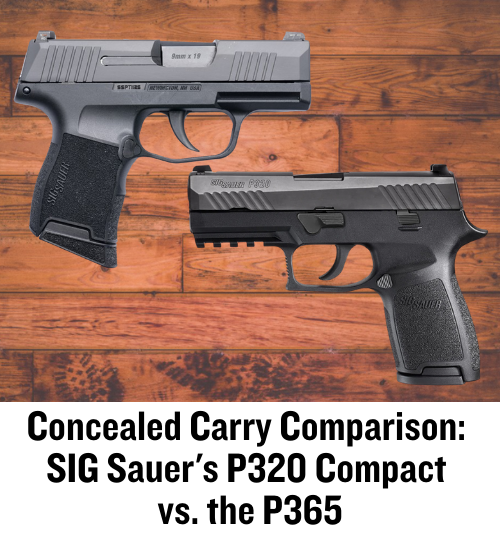

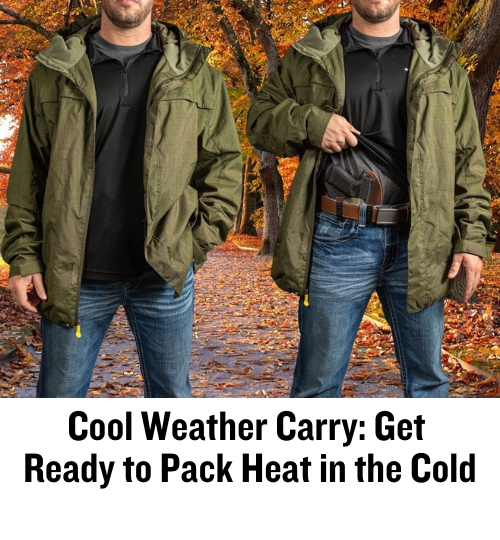

©MTC Holsters, LLC and CrossBreed Holsters Blog, 2021.
Unauthorized use and/or duplication of this material without express and written permission from this site’s author and/or owner is strictly prohibited. Excerpts and links may be used, provided that full and clear credit is given to Travis Pike and the CrossBreed Blog with appropriate and specific direction to the original content.
![]()

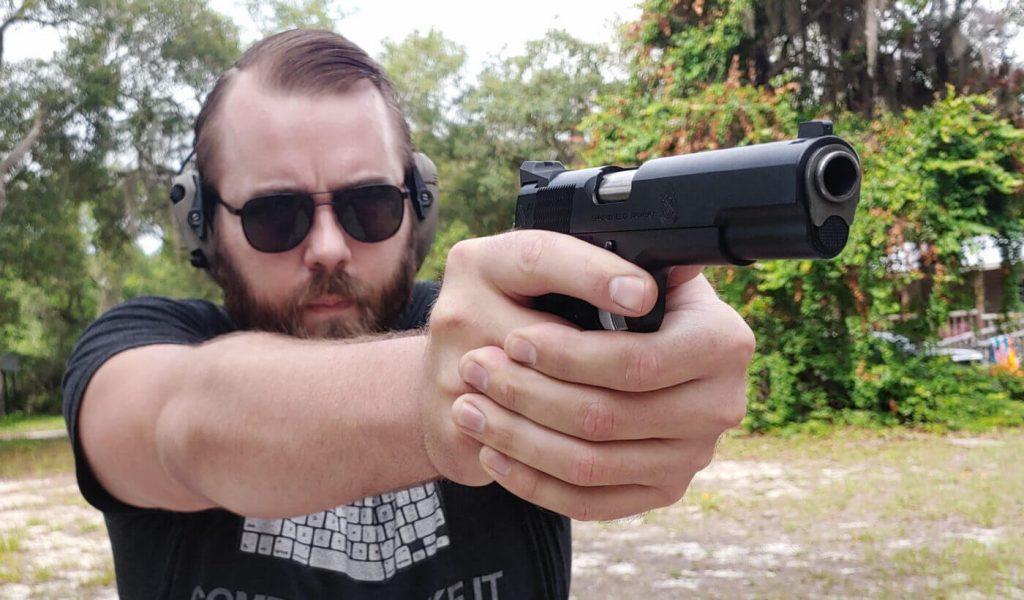
Good, to the point article. When I train, I only use 8″, 6″and 4″ targets at distances of 5, 8, 12 and 15 yards Head shots are my preferred choice.
And while I own just about every caliber hand gun, I mostly edc an 8 shot, .22 magnum revolver loaded with Gold Dot. Other times, my .357 magnum w/ .38 Federal Punch
And I’m fine with that.
USAF Security Police Veteran.
Sgt. 1975-1979
Brief, concise, informative and interesting. Four of my favorite attributes for an article. Your title made an offer and you delivered. Not always the case.
Shot placement is only the beginning. Punching a paper plate isn’t hard. You have to punch theirs before they punch yours. In a self defense situation you are probably already behind the clock if you are reacting to a threat. You need solid fundamentals, mechanics, driving the gun out consistently in your sight picture while prepping the trigger, breaking the shots while being on target enough, even if you don’t have time to aquire the sights (back plate sighting, sights slow you down), fast, first; out of position, from the ground, in or around vehicles, windows, doorways, one handed, fundamentals, mechanics, drive the gun, prep the trigger, break the shots, reps, reps, reps, until it’s instinct. Work up to breaking as many shots as you can dump on the target as quickly as possible. Did I mention the fundamentals, mechanics, drive the gun, prep the trigger, break the shots, fast, first, reps, reps, reps, instinct?